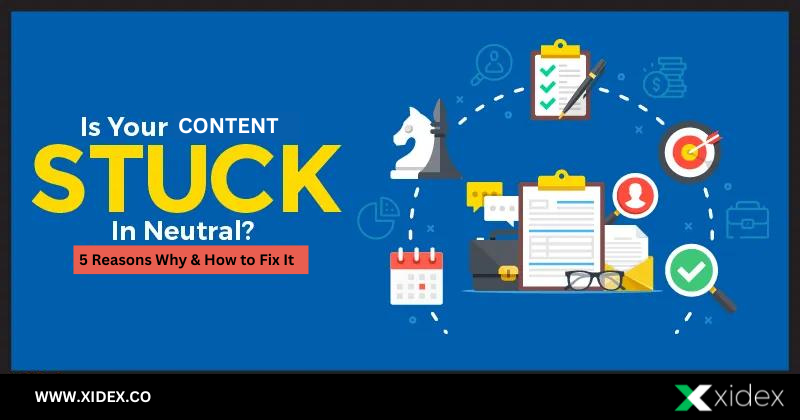Google Claims Cloud Spanner Is Half the Cost of DynamoDB and Turns Up the Heat on AWS
Welcome to the world of cloud databases, where technology giants like Google and Amazon are continuously raising the bar. In this blog, we’ll explore Google’s latest offering, Cloud Spanner, and compare it with Amazon’s DynamoDB.
Cloud Spanner is a globally distributed database management system that provides strong consistency with horizontal scalability. On the other hand, DynamoDB is a NoSQL database that is built for fast and flexible document database queries.
When it comes to pricing, Google claims that Cloud Spanner is half the cost of DynamoDB. Cloud Spanner also provides features like automatic sharding, automatic failover, and global consistency, which can be game-changing for businesses.
But what does this mean for AWS? Well, Google has definitely turned up the heat on AWS market share. As more and more businesses consider moving to the cloud, the competition is only going to get tougher.
So join us as we explore the pros and cons of Cloud Spanner and DynamoDB and delve deeper into what the future holds for the cloud database market.
Cloud Spanner – The Game Changer
Are you tired of managing complex and expensive database systems? Look no further than Google’s Cloud Spanner.
What is Cloud Spanner? In short, it’s a highly available and globally distributed database system that offers horizontal scalability, strong consistency, and transactional features. But those are just technical terms. What makes Cloud Spanner truly special is its ability to simplify the management of complex databases.
How does it differ from other database management systems (DBMS)? First, Cloud Spanner offers a unique combination of SQL and NoSQL features, making it a highly versatile tool for a variety of applications. Additionally, unlike other DBMS, Cloud Spanner offers a fully-managed service that can be scaled globally with ease.
The benefits of using Cloud Spanner are numerous. Its flexible scaling allows users to pay for only what they need, while ensuring reliability and scalability. Its advanced security features protect your data from threats, and it’s compatible with a variety of platforms and languages.
But don’t take our word for it – let’s look at some case studies. Spotify, for example, was able to migrate to Cloud Spanner with zero downtime while significantly reducing their operational costs. Another great example is Marketo, a marketing automation company, who was able to improve their response times by over 80% after switching to Cloud Spanner.
In conclusion, Cloud Spanner is a game-changer in the world of database management. Its unique combination of features, flexibility, and scalability make it an attractive option for businesses of any size. Plus, who doesn’t love the ease of a fully-managed service that lets you focus on what really matters – your business.
DynamoDB – The AWS Solution
When it comes to cloud database solutions, Amazon Web Services (AWS) DynamoDB has been the go-to solution for many businesses. It is a fully managed NoSQL database that offers high scalability and availability. However, with Google’s Cloud Spanner entering the market, it has been given a run for its money.
First of all, let’s take a look at the pricing. Cloud Spanner claims to be half the cost of DynamoDB. That’s a bold statement, especially considering the fact that Google is known for its premium pricing. Cloud Spanner’s pricing model is based on storage and instance usage, while DynamoDB’s pricing is based on usage and throughput. Depending on the specific use case, one pricing model may be more advantageous than the other.
In terms of features, both databases offer horizontal scaling and automatic replication. However, Cloud Spanner takes it a step further with its strong consistency and transactional support, which DynamoDB lacks. DynamoDB also has a limitation of 400KB item size, which can be a dealbreaker for businesses with large datasets.
While DynamoDB is a robust solution, it may not fit the needs of all businesses. Alternatives to DynamoDB include Apache Cassandra and MongoDB, both of which offer more flexibility but require more setup and management.
In summary, DynamoDB is a solid choice for many businesses, but it may not be the most cost-effective or feature-rich solution for all use cases. With Cloud Spanner’s entry into the market, businesses now have more options to choose from when it comes to cloud database solutions.
Cloud Spanner vs DynamoDB – A Detailed Comparison
If you’re in the market for a cloud database solution, chances are, you’ve come across Google’s Cloud Spanner and Amazon’s DynamoDB. So, which one is better? Let’s take a closer look.
Pricing models and costs:
Cloud Spanner’s pricing model is based on the amount of data stored and the number of nodes used, while DynamoDB’s pricing is based on the amount of data stored and the number of read and write operations performed. Google claims that Cloud Spanner is half the cost of DynamoDB, but this may vary depending on your specific usage.
Scalability and performance:
Both databases offer high scalability and performance, but Cloud Spanner has some unique advantages. It uses a distributed, globally-consistent architecture that allows it to scale horizontally across multiple nodes and regions without downtime. Cloud Spanner also includes built-in features for replication, backup, and recovery, making it a robust solution for large-scale applications.
Ease of use and integration:
DynamoDB is a fully-managed service, which means that Amazon takes care of all the infrastructure and maintenance for you. This simplicity and ease of use are one of DynamoDB’s main advantages. On the other hand, Cloud Spanner’s integration with other Google Cloud Platform services makes it an attractive option for businesses already using GCP.
Expert opinion on superiority:
Both databases have their strengths and weaknesses, so which one is better for your use case? It really depends on your specific needs. Some experts argue that Cloud Spanner is better for global, multi-region applications, while DynamoDB is better suited for smaller applications that don’t require strict consistency.
Impact on AWS market share:
Google’s entry into the cloud database market with Cloud Spanner is definitely turning up the heat on AWS. While DynamoDB has been a popular choice for NoSQL databases, businesses looking for a distributed SQL database may start to consider Cloud Spanner as a viable alternative.
In conclusion, both Cloud Spanner and DynamoDB are solid cloud database solutions. Your choice ultimately depends on your specific needs, as each one has its strengths and weaknesses. However, with Google claiming that Cloud Spanner is half the cost of DynamoDB, it’s worth considering if you’re looking for a globally-consistent, distributed SQL database.
What Does the Future Hold?
The introduction of Google Cloud Spanner has disrupted the cloud database market and put AWS on its toes. But what happens next? Experts predict that the competition will only get tougher for AWS as Cloud Spanner continues to gain popularity. AWS will likely respond by improving their offerings and customer support. However, customers may be the real winners in this battle, as they will have more choices and better pricing options. It will be interesting to see how this market evolves and what new technologies will be introduced to keep up with demand.
To summarize, Cloud Spanner offers a more affordable and feature-rich option than DynamoDB, backed up by successful case studies. It boasts greater scalability, performance, and ease of use, making it the game-changer your business needs for efficient database management. As for DynamoDB, while it offers some useful features and a reliable AWS solution, it falls short in terms of pricing and flexibility. So, businesses looking for a cost-effective, high-performing database should consider Cloud Spanner as the superior option. Overall, Cloud Spanner vs DynamoDB is a classic case of affordability vs utility, and businesses must decide based on their unique needs.





